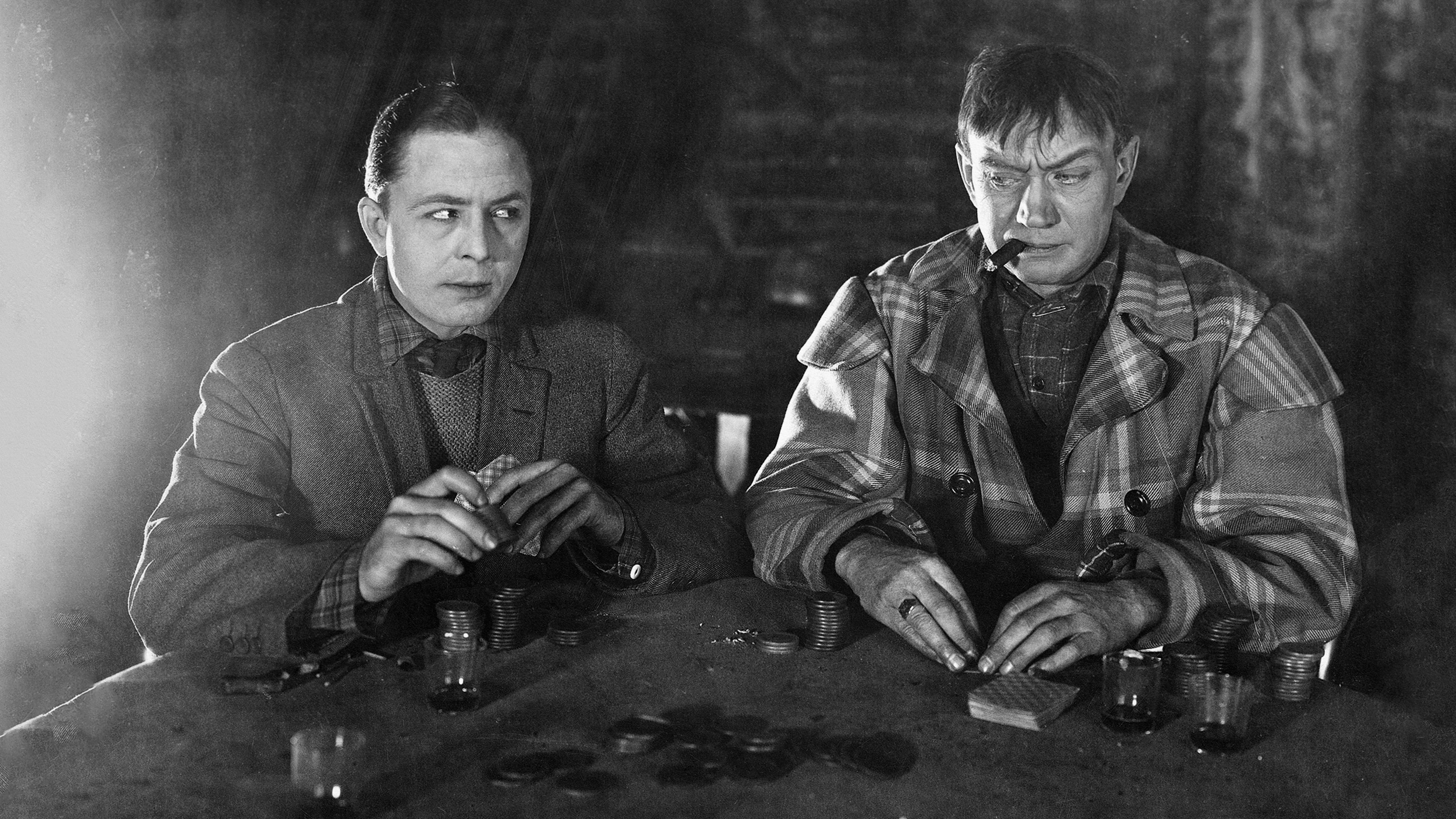To Improve Girls’ Science Scores, Show Them Women Scientists

Standardized tests are supposed to measure innate abilities. The subject of your last conversation, the lead story on the news last night, the pictures on the wall at the test site—this trivia is presumed to have zero impact on your score in geometry or chemistry. Trouble is, it’s increasingly clear that this presumption is simply false. Case in point: This study, published in last month’s Journal of Social Psychology, which erased the usual gender gap in high-school chemistry tests. All it took was a change in the illustrations in a textbook.
Jessica J. Good, Julie A. Woodzicka and Lylan C. Wingfield of Rutgers University gave a short chemistry exam to local 9th and 10th graders—29 male and 52 female. The students read three pages of a chemistry text and then took the test on the material. All the texts were the same, but they were illustrated differently. One third of the students saw pictures in which everyone was a man. For another, there were only women in the illustrations. And a third group had a text with pictures of both male and female chemists.
Girls who read the text with all-female pictures scored a great deal better than girls who got other versions. In fact, girls who saw only women chemists in their text scored better than boys. Boys did best with the all-male images, though not by much. And mixed-gender images didn’t alter the usual gender gap (as far as I can tell; it’s a little hard to discern from the abstract, and the paper is behind the journal’s price-gouging paywall).
It’s not clear if there is a non-depressing intervention suggested by this—to get girls’ scores higher, do we have to depress boys’?—but I think there’s a more fundamental point: Given how susceptible people are to cues from their immediate surroundings, we can’t assume that ability is a fixed and measurable quantity. We’re a social species, ever-responding to social perceptions. Even sitting quietly with a pencil and a geometry problem is a social act, as variable and shifty as a conversation. Until we understand the moment-to-moment effects of other people on the mind, we can’t be sure what our tests are measuring.
Good, J., Woodzicka, J., & Wingfield, L. (2010). The Effects of Gender Stereotypic and Counter-Stereotypic Textbook Images on Science Performance The Journal of Social Psychology, 150 (2), 132-147 DOI: 10.1080/00224540903366552![]()




